VIA Rail’s ‘Canadian’
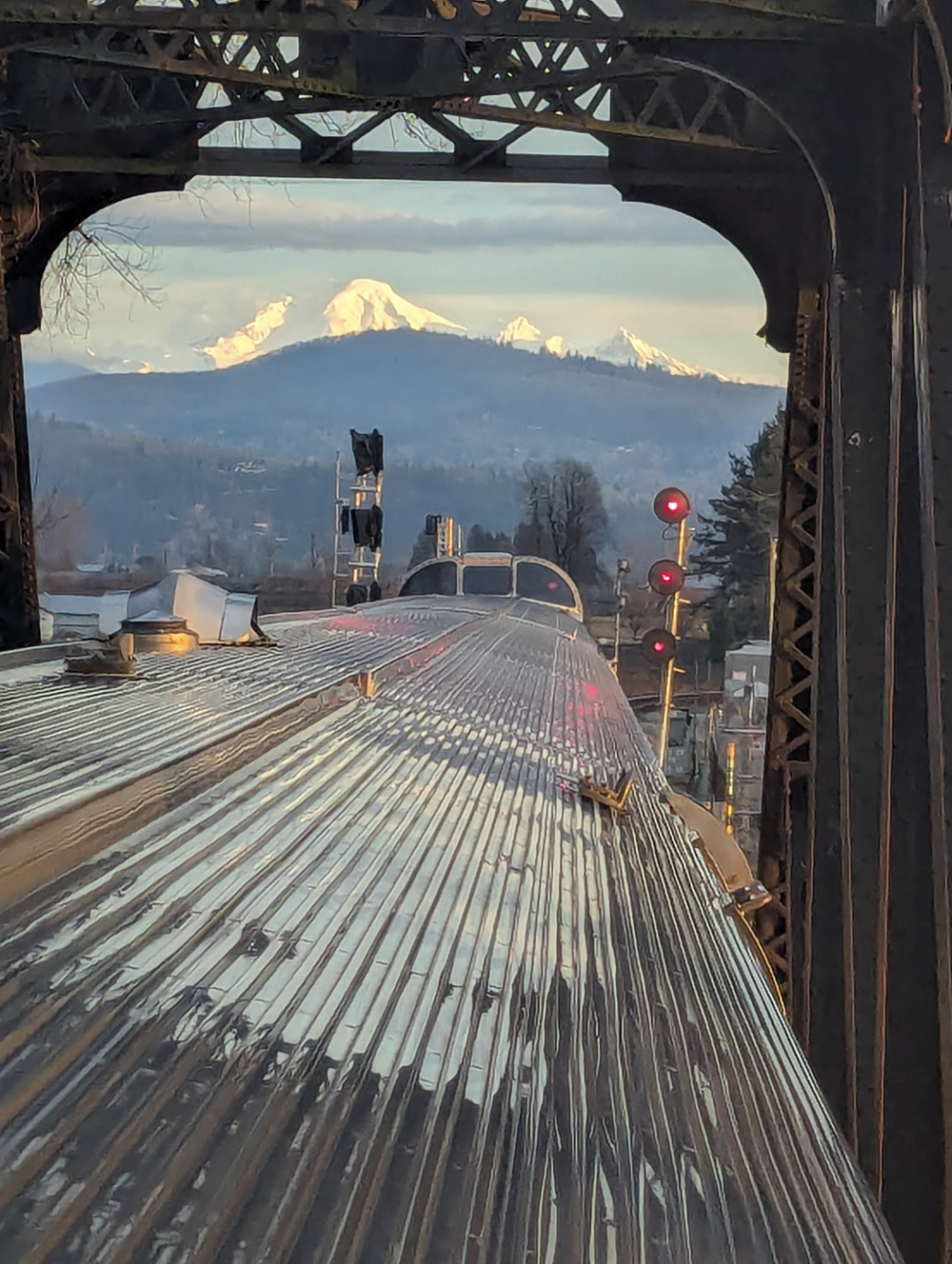
Rarely have I heard such a glowing report from a fellow train rider. Recently, my friend and Conway Scenic Railroad’s bridge inspector Wayne Duffett flew from New England to Vancouver to experience the eastward Canadian.
He returned delighted by the experience. Despite a few hiccups on the journey, he was impressed with VIA Rail’s hospitality and exceptional customer service. I asked him to list some of the trip’s highlights, he replied, “the whole thing!” For Duffett, who had traveled on Canadian Pacific/VIA Rail trains in eastern Canada and Maine, this was a trip of a lifetime.
A train with a past
VIA Rail’s Canadian is famous among the world’s great trains. However, the service has undergone transformations. Some history is required to understand its modern operation. In 1954-55, CP improved its transcontinental service on the Montreal-Toronto-Vancouver route with its deluxe all-new Canadian featuring Budd stainless steel streamlined passenger cars and General Motors F-unit diesels. The Budd dome cars offered passengers panoramic views of the Canadian Rockies and were widely publicized in CP’s marketing.
In the 1970s, VIA Rail assumed marketing and operation of most CP and Canadian National long distance services. In 1990, VIA Rail shifted operation of the Canadian from its historic CP route to the more northerly CN transcon.
Seventy years after the equipment’s introduction, the Canadians continue to operate the former CP Budd cars. They are among the last of their kind in regularly scheduled long distance mainline service. Duffett said, “I wanted to travel on the Canadian Pacific stainless steel train before it is phased out. For me, this is the last streamliner. And for anyone wanting to travel in a classic (mid-20th century) North American streamlined train, this is it.” The Canadian carries VIA Rail’s train Nos. 1 and 2, and in long-standing railroad practice, the odd-number train is westbound.
“VIA Rail runs the train in manner worthy of train numbers. This is the flagship and it shows,” he said. “It lives up to its billing. The train is very clean — absolutely spotless. While the exterior of the 70-year-old cars retain their traditional Budd-streamlined appearance, the interior of the train is beautifully updated.
“There were several classes of travel, and I chose ‘Sleeper Class,’ which was excellent. I wouldn’t swap my little bunk aboard the Canadian for the most luxurious hotel in North America. In the evening, the bunks were prepared with blankets turned down at a 45-degree angle. The blankets and pillows were luxury hotel quality. Dennis, our steward, was a gentleman. He was top notch.”
Duffett noted that Pacific Central Station in Vancouver, B.C., seemed small considering the size of the city, yet the station was more than adequate since it only serves a pair of daily Amtrak Cascades, as well as the western termini for the Canadian (which in the winter runs just twice a week). Most memorable was the live oration announcing the eastward Canadian’s departure, “They listed every station in order all the way through to Toronto.”
“I was only traveling as far east as Winnipeg,” he said. “We made stops at Kamloops, Jasper, Edmonton, and Saskatoon. Each stop was long, most were an hour or more.”

This provided an opportunity to get off and walk around.
“There was a lot of freight traffic, which contributed to delays to our train,” Duffett joked, “We didn’t mind the delay, but if you wanted to get there faster, you could pack yourself in a shipping container and take a freight!” Ultimately, the Canadian was significantly delayed by a problem with a freight train.
“It didn’t matter because it gave us the opportunity to spend a third night in the sleeper,” he said. Among the highlights of the trip was the culinary excellence in the diner. “There was choice of four entrées on the menu. One night, I enjoyed the rack of lamb, another I had prime rib,” Duffett said.
“There was a course of fresh dinner rolls, soup, salad. All meals were prepared on board and to a high standard. The service was excellent, and after ordering, the main courses were delivered within minutes to the whole car.”
Duffett followed up his trip with a letter to VIA Rail, commending the staff by name.
He received a prompt reply from VIA Rail’s customer service, “It is a pleasure to encounter a letter such as yours, expressing appreciation for services rendered … It would be our pleasure to serve you again soon.”






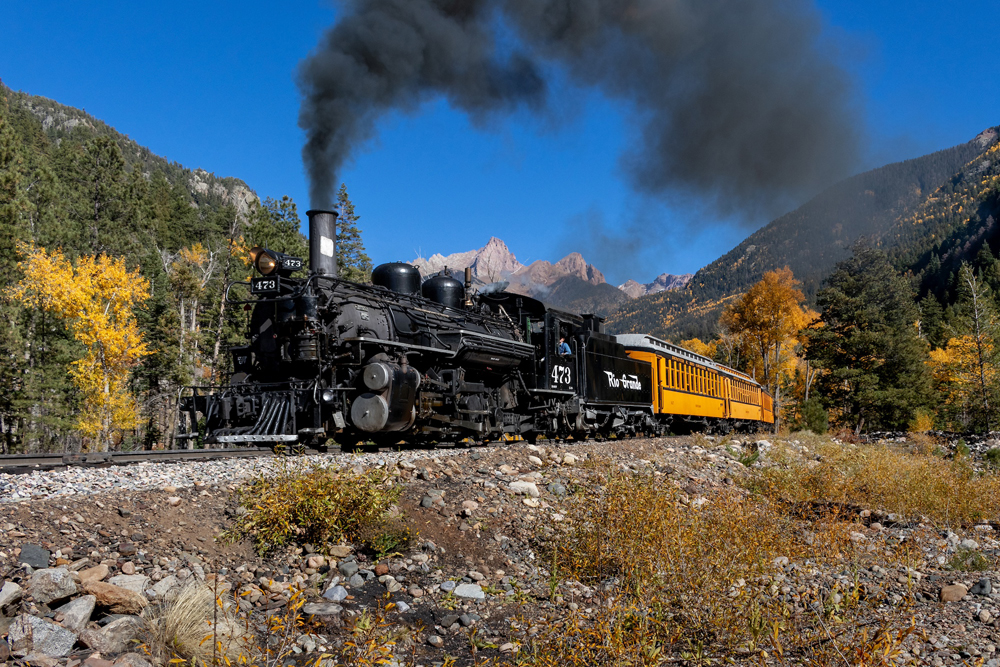
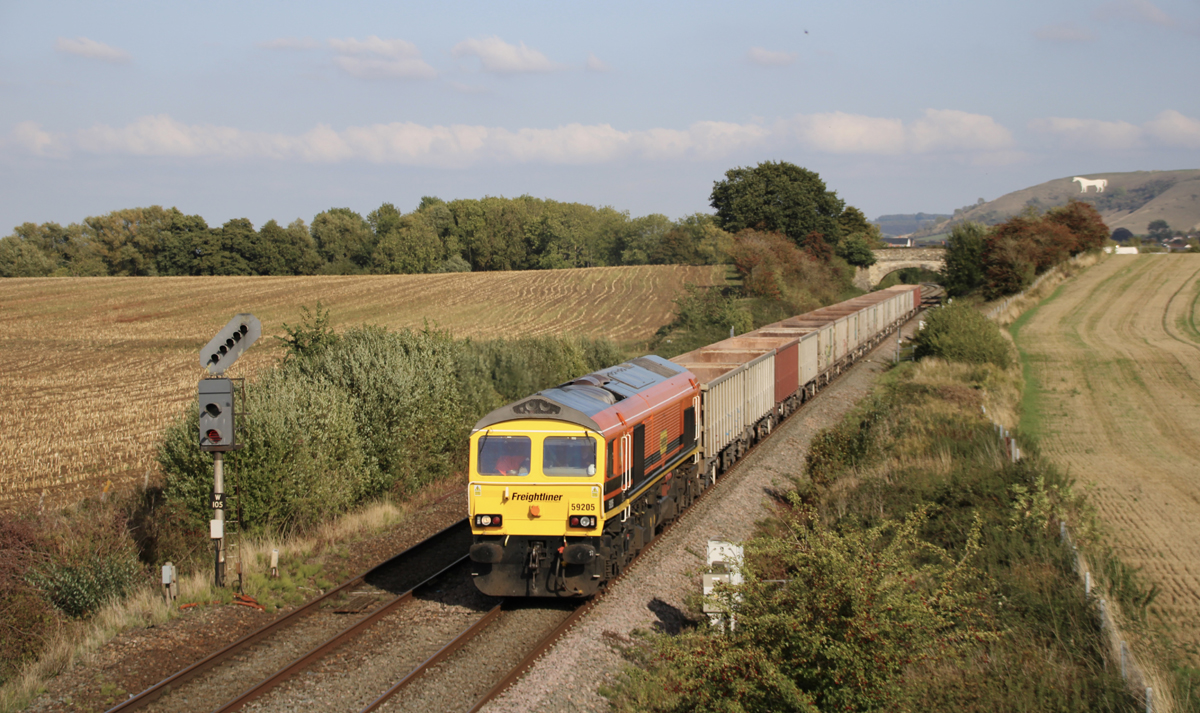
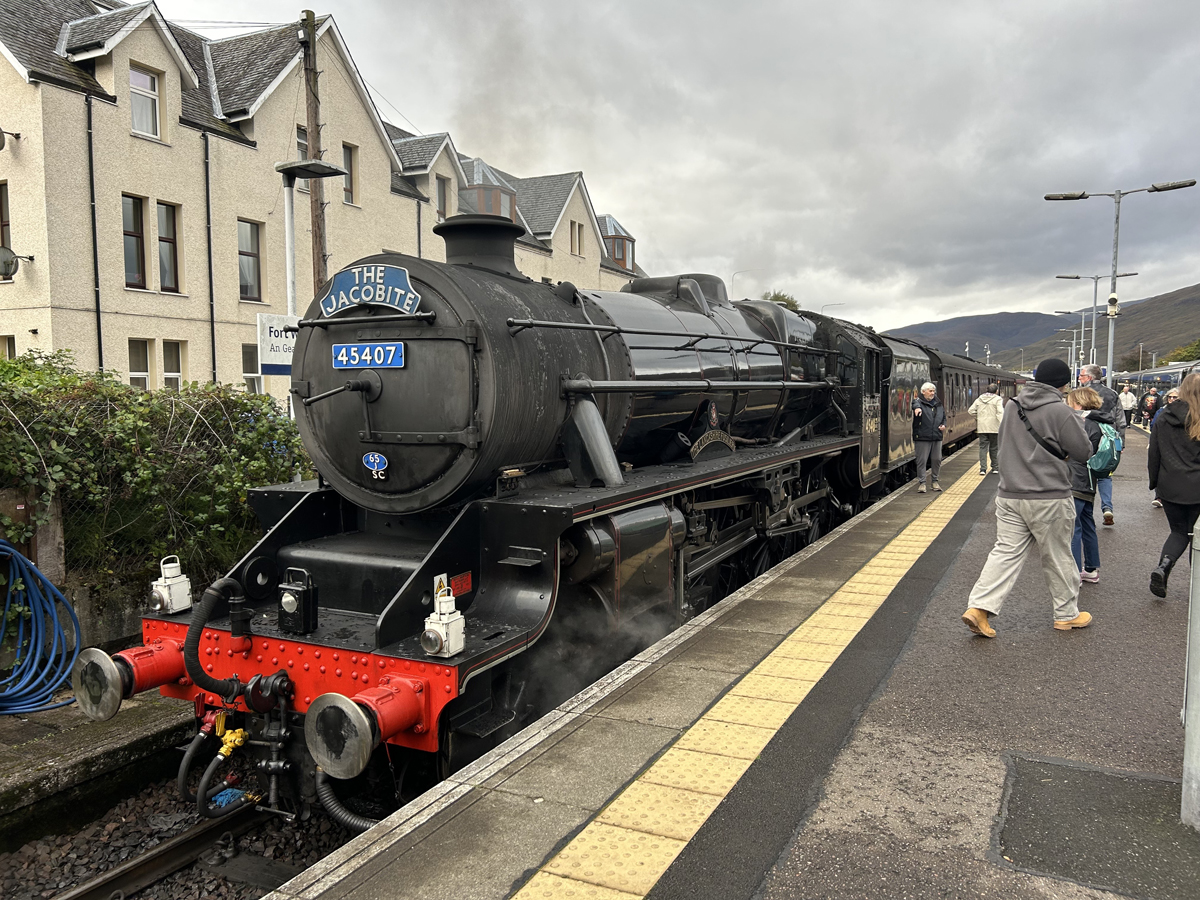
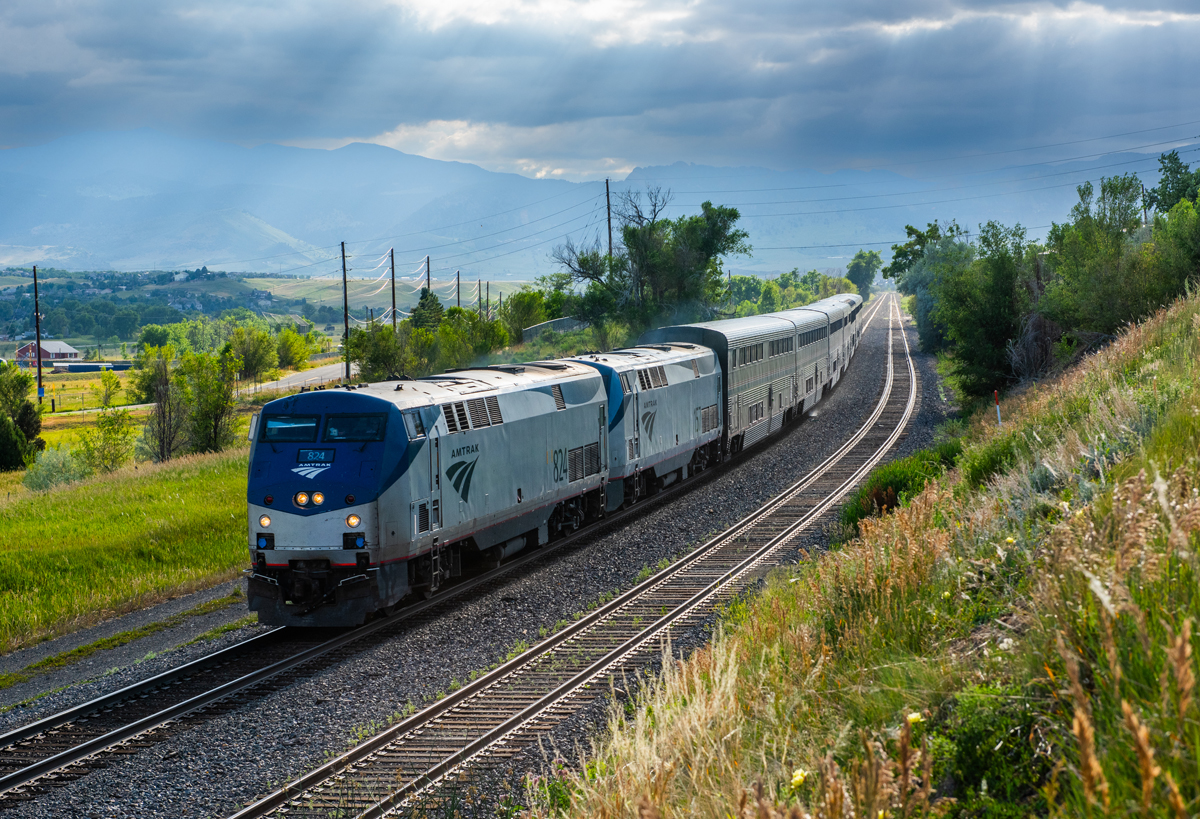




Thanks for the notes on the Canadian. It is one train that I would like to ride to experience the superior service and the great view from the dome cars. I only got to start riding long distance trains after Amtrak took over most intercity trains so my rides in dome cars were limited. My favorite dome car ride was while the Rio Grande railroad operated its own Zepher train that still had the traditional dinners and lounge and dome cars. I have ridden many of Amtraks western long distance trains and found them adequate but missed the dome car views especially on the California Zepher route. As to the future of the Canadian I agree to justify new equipment and funding it should run daily and serve as many of the larger cities on its cross country run to serve the citizens that are help paying taxes to run the train. After all that is one of the reasons Amtraks long distance trains have continued to receive support at the federal level. They serve both big cities and smaller towns along the way providing critical service to many areas.
Hi, I have worked out the perfect train, first you start with the Amtrak Superliners just for their beautiful ride then somehow you squeeze in some Via Rail dome cars, the hardest one is the food, both Via Rail and the Indian Pacific have excellent dining, it’s hard to split them but I thing Via Rail will win because they know how to cook bacon.
Alan Sandsrule
Perth
Western Australia
Sorry forgot to add, traveled Via Rail Quebec to Toronto then the Canadian to Edmonton then hired a car to drive through the Rockies.
Every time we come over there we travel by train as much as we can.
Have ridden the Indian Pacific a few time but the fares have got beyond our reach so we go back to driving from Perth to Sydney, a pleasant 5 day drive, the Nullabor is the best part.
Alan Sandsrule
OK, you all win! Break down and ride The Empire Builder! After all—Jim Hill was a Canadian who didn’t become a US Citizen until October 1880 by which time he had served several terms on the St. Paul city council, legal in those days!
And the “ Canadian” equipment was built in the United States.
I second Carl. I did The Canadian on the CP in May 1984 in a lower berth/section Thurs night to Sunday night with Sunday evening fresh trout. Now I have to get my US passport in order to do the CN route!
But first love in Canada will always be the Montreal-Halifax Atlantic Limited lower berth eastbound and upper berth westbound in November 1981. Totally gone after 1990. Oh, and the north shore route Budd RDC Ste. Foy to Windsor Station Montreal, also now impossible.
One could see VIÀ buying cast-off AMTK equip in a few years!
Another report about travel on VIA Rail’s Canadian which can be categorized as “It was a wonderful experience, and we didn’t care how horrendously late the train was, because more train time is better.”
And yes, one sees a lot of such reports on social media. Indeed, there are very few that say things like: “We were ticketed to board at Wainwright in the middle of the night. It was thirty below zero and there is no shelter whatsoever. The train was late and continued to get later and later.” And the reason these reports don’t exist is because few such passengers exist. Operating but two times per week, the train has lost nearly all its utility to its online communities, and now operates mostly as a (very) long-distance tourist train.
When it comes to writing a “how to” book, few would hold up Amtrak as an entity to emulate. But in this case, a comparison with between VIA’s Canadian and Amtrak’s Empire Builder is interesting.
The Empire Builder logs more miles than any other single Amtrak train at 2,681 per trip (this includes both the Seattle and Portland sections of the train). It’s 2,205 miles from Chicago to Seattle, and 2,255 from Chicago to Portland. Between Chicago and Portland (the longer distance compared to Seattle), the Empire Builder is scheduled at 48.8 MPH westbound and 49.02 MPH eastbound. The Empire Builder operates daily, so should operate 37,534 miles per week (2,681 total miles X 7 days per week X 2 – once in each direction).
The Canadian is by far VIA’s longest run at 2,776 miles, a total operating distance (one way) only 95 miles further than that of the Empire Builder. The westbound Canadian is scheduled between Toronto to Vancouver at 28.6 MPH westbound (22.2 MPH slower than the Empire Builder) and 30 MPH eastbound (19 MPH slower than the Empire Builder). Operating just two days per week each way, the Canadian’s cumulative weekly train miles are 11,104 (2,776 route miles X 4 trips per week, two west and two east). Over the course of a week, the Canadian operates only 29.6% of the train miles as does the Empire Builder. (If on time, the cycle time for each of the five sets of Empire Builder equipment is 97 hours, 40 minutes – that’s from departure Chicago to arrival in Seattle and Portland and returning to Chicago – only 35 minutes more than a one-way westward trip on the Canadian from Toronto to Vancouver.)
While the Canadian operates only 29.6% of the train miles of the Empire Builder, it handled even a smaller percentage of passengers: only 17.6% in 2023 (61,670 for the Canadian vs. 349,000 for the Empire Builder). Amtrak shows a FY2023 “Operating Expense” for the Empire Builder at CAD$72.6 million. The equivalent for the Canadian cited in the VIA financials is a 2023 “shortfall” of $62.581 million. If one takes the face value of the VIA and Amtrak financial statements, for just CAD$10 million (or USD$7.58 million) more each year, Amtrak’s Empire Builder operates nearly four times the train miles and serves nearly six times the number of passengers as does VIA’s Canadian. Dome cars or prestige service notwithstanding, the Canadian needs to be more like the Empire Builder: A daily operation with daily interactions with the communities it serves.
There comes a time in any situation where if one can ask: “Where are we going with this?” and a definitive path forward is unclear, a change of course is necessary. VIA has stated that the current 70-year-old cars protecting the operation of the Canadian will soon reach the end of their lifespan, and new equipment will be needed. Missing in this statement of the obvious from VIA is the amount of new equipment and its design. Will the amount simply reflect the current number of trains, or is any growth or retrenchment anticipated? Since it’s likely that the fastest way to receive new equipment would be to piggyback on a much-larger order for new long-distance cars by Amtrak, would a change in sleeping accommodations or lack of dome cars make the service less desirable? These and other questions would need to be answered. But the main one has to be this: Given, the lack of utility for the Canadian (and also for the Skeena, and to a lesser extent, the Ocean), what kind of pitch to politicians should be made as to WHY funding should be made available for new equipment in the first place? Referencing the Canadian specifically, can anyone logically claim new equipment is needed because the train serves its local communities? Tourism is important, but it’s likely not necessary to operate a tourist train for 2,776 miles, including all across Northern Ontario, where, kind of like the repetitive rock-paper-scissors game, the scenery is (over and over) rock, lakes, trees. Even CN (the host railroad) doesn’t have any online customers in this part of the railroad, so correspondingly, VIA also has very few. Without a defined logical reason to spend billions of dollars on new equipment, it’s likely more than one Member of Parliament will ask whether or not the request is worthwhile.
It also could be the time that we “go for broke” and acknowledge that the current VIA Canadian is of little use but invoke the historical importance of railroads in Canadian history and specifically the importance of Canada’s first transcontinental route – the Canadian Pacific. If the goal is to create a stable transcontinental service, one must acknowledge that the current route is not the optimum to either access some of Canada’s best scenery or to establish a reliable service which – for a change – actually serves Canadians. In a perfect world, multiple routes would be served. In the real world where funding is likely to be a challenge, now is a great opportunity to change the route back to one most likely to draw not only tourists, but local travelers. In the end, it’s an easy choice. Banff is a greater tourist draw than Jasper; Calgary is by far the larger business hub compared to Edmonton; and there’s nothing on the CN line that compares to Thunder Bay. Beyond that, the current route just isn’t equipped for convenient service to online communities. A station in downtown Sudbury (currently the terminus for the White River-Sudbury train) is much more convenient than out-of-town Sudbury Jct.; It’s easier for the hundred or so residents of Redditt, Ontario to drive the 18 miles to Kenora than to have the 15,000 Kenora residents travel to Redditt to access a passenger train; Rivers is not a convenient stop for Brandon; the Saskatoon station is inconveniently placed next to the CN intermodal terminal on the edge of town, but the stations in Regina (a casino) and Moose Jaw (with retail space) are centerpieces of their downtowns; the Kamloops North VIA station is five miles out of town, but (again), CPKC goes through the downtown area. Throw in stops at Salmon Arm, Revelstoke, Lake Louise, Medicine Hat, and Swift Current, and you have that many more reasons to ask for new equipment for a daily full-service transcontinental passenger train. (And another would certainly be that since the change in the Canadian’s routing in 1990, most of the country has lost its intercity bus service.)
And an opportunity which may be overlooked is that this might be the prime time for restarting service on the ex-CPR main line across Ontario and Western Canada because the current CPKC management is heavily into appearances. Their much-touted “single line” route between the Upper Midwest in the United States and Mexico is actually quite operationally inferior to rivals BNSF and UP, but since Canadian Pacific’s merger with Kansas City Southern in 2023, CPKC has been on the full-bore public relations blitz to show everyone that (just like UP) they can handle it. Case in point: Minnesota and Wisconsin arranged $54 million in track upgrades to start a second Amtrak train between Chicago and St. Paul. Rather than stipulating service could not begin until these upgrades were in place, CPKC agreed to start the service in May of this year (the Borealis). CPKC management seems very tuned in to capitalizing on good publicity, and what could be better publicity than enabling Canadians to again ride much of the breadth of Canada in a passenger train? Who knows? It’s worth a shot, especially should there be a possibility of infrastructure upgrade associated with it. After all, CPKC is perpetually saddled with an inferior route profile (compared to CN) through the Canadian Rockies and no access to the ports of Halifax and Prince Rupert, as is CN.
It’s time to begin thinking of real reasons Canada should retain is transcontinental rail passenger service. It needs to serve everyday Canadians, and not just people who think “more time for me on the train” constitutes a worthwhile service.
Mark’s commentary is both astute and thoughtful. I too love the CANADIAN, but in its present form it is a tourist service that can serve a few locals if they can somehow adapt to its total schedule unpredictability. Not only is it often (very) late, but it also can depart minor stops early. I would truly not want to be the coach rider waiting at Wainwright winter or summer!
But oh indeed it is a wonderful experience to ride. But that is the crux of the problem. A train that is capable of only two tips a week and rarely runs to schedule undermines the argument for long distance rail. VIA compounds the problem by offering no reliable enroute connections either. The CANADIAN misconnects (or can’t be relied upon) to the SKEENA at Jasper and to the HUDSON BAY at Winnipeg and offers no westbound connections at Toronto from Montreal/Ottawa either. And the eastbound so frequently runs hours late that same day connecting to the Corridor is a true crap-shoot as well.
I routinely described the on-board experience on the CANADIAN to mt tour clients before I retired as “a rolling museum of 1950s on-board service perfection”, but as real transportation it is only a shadow of what it was once and again should be.